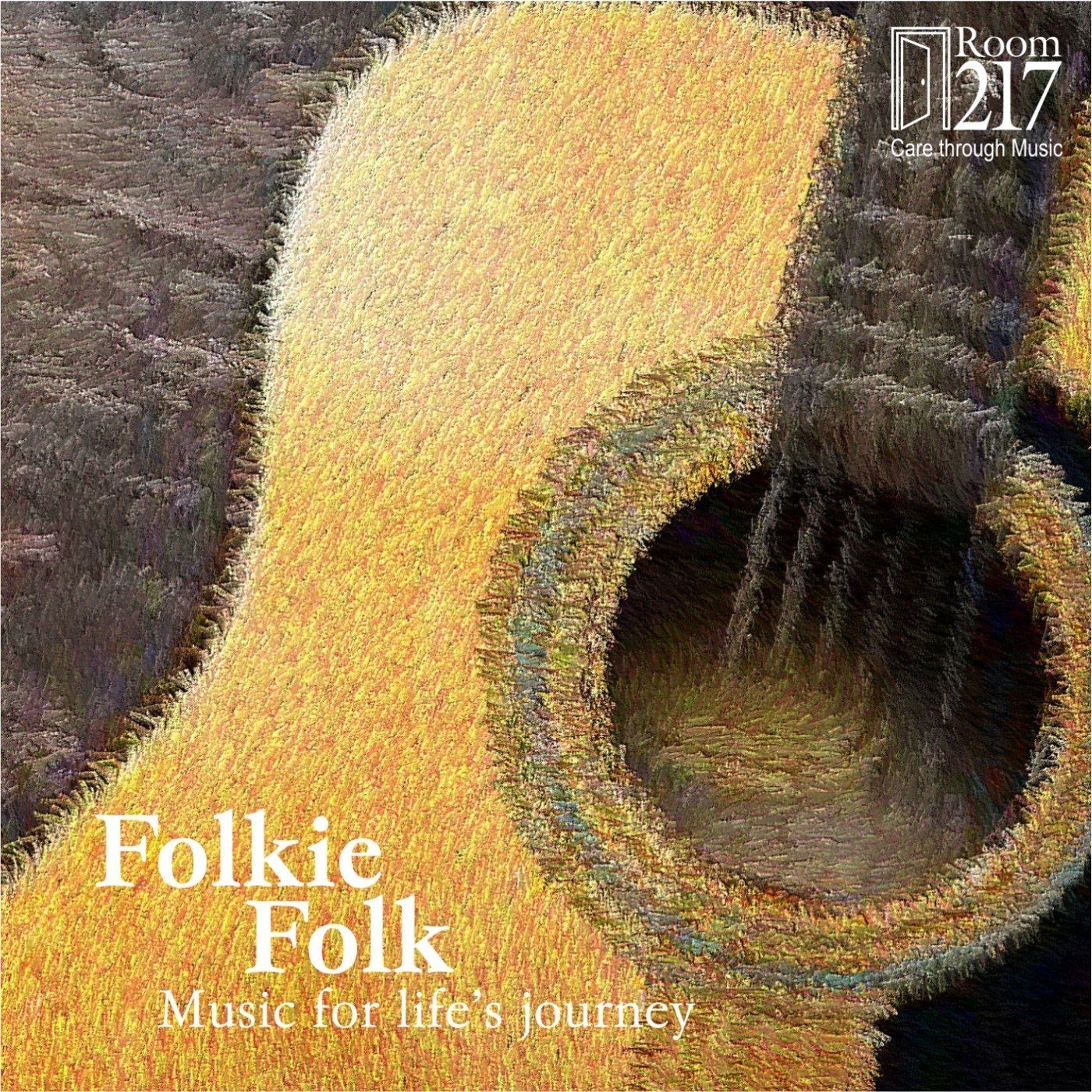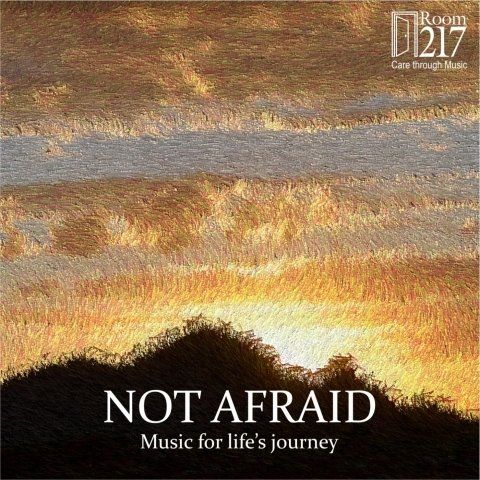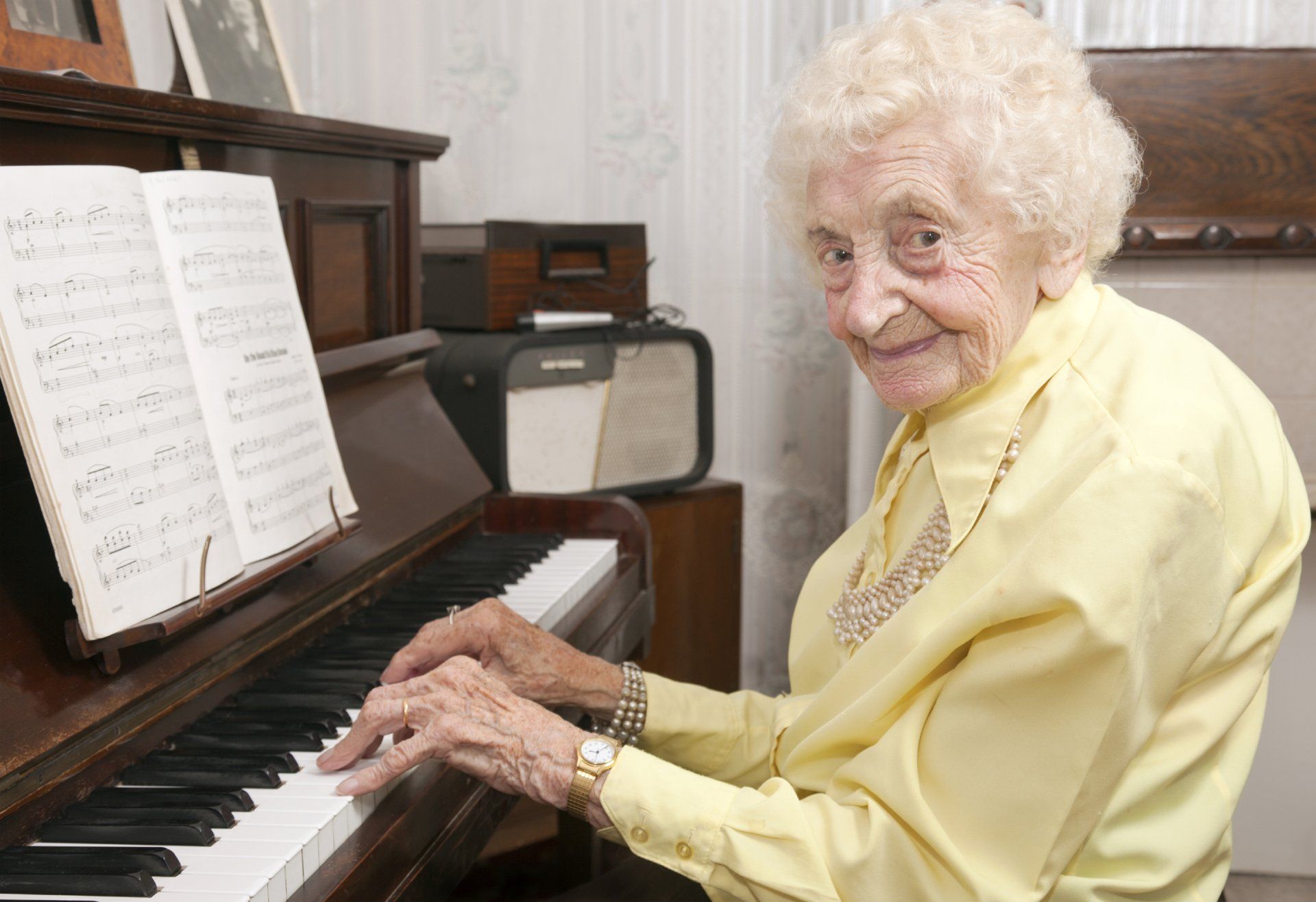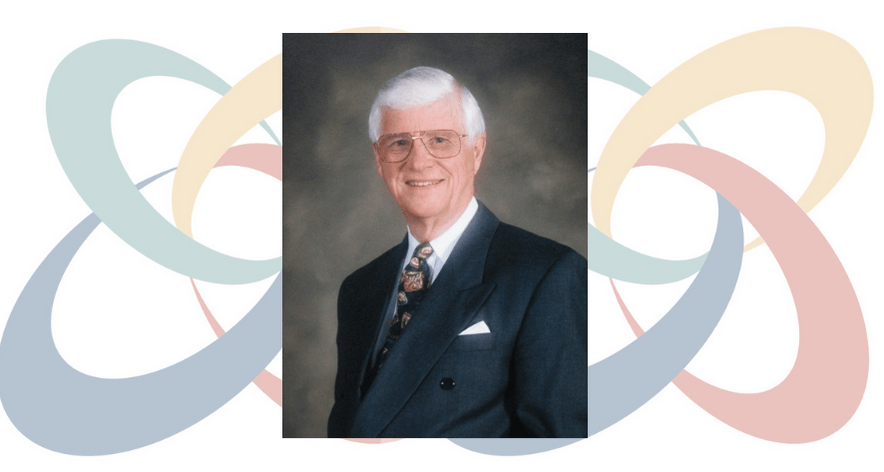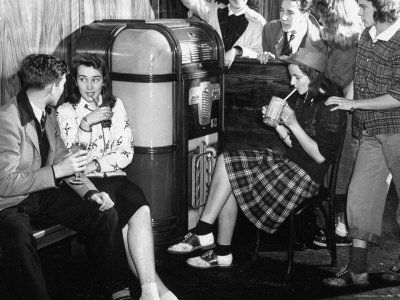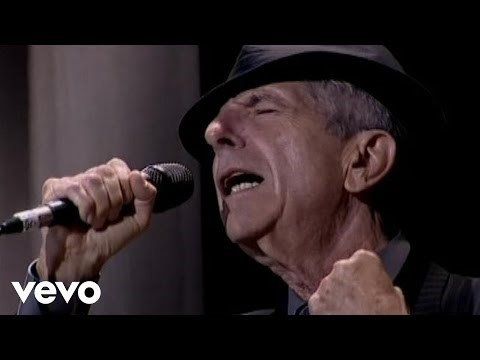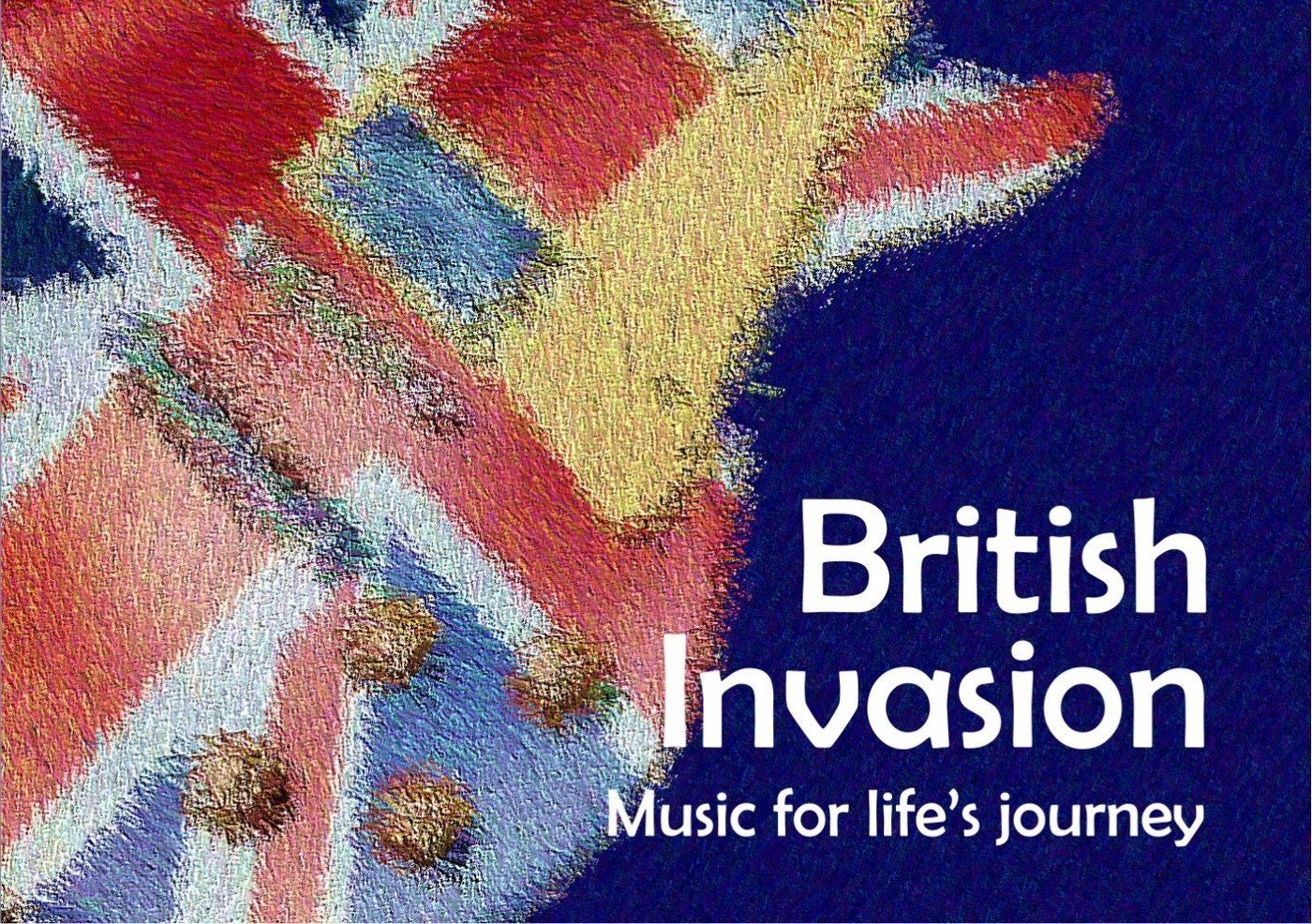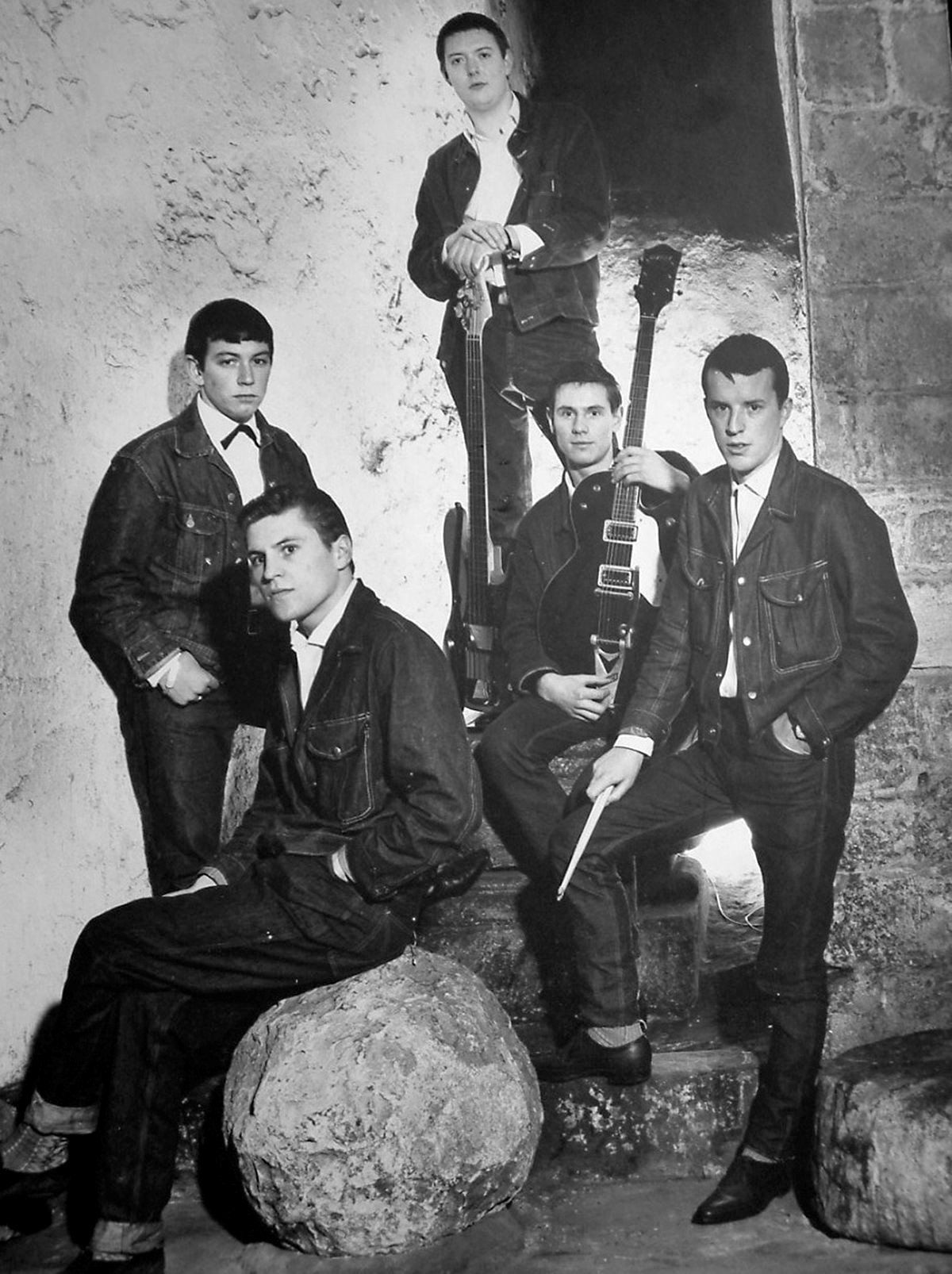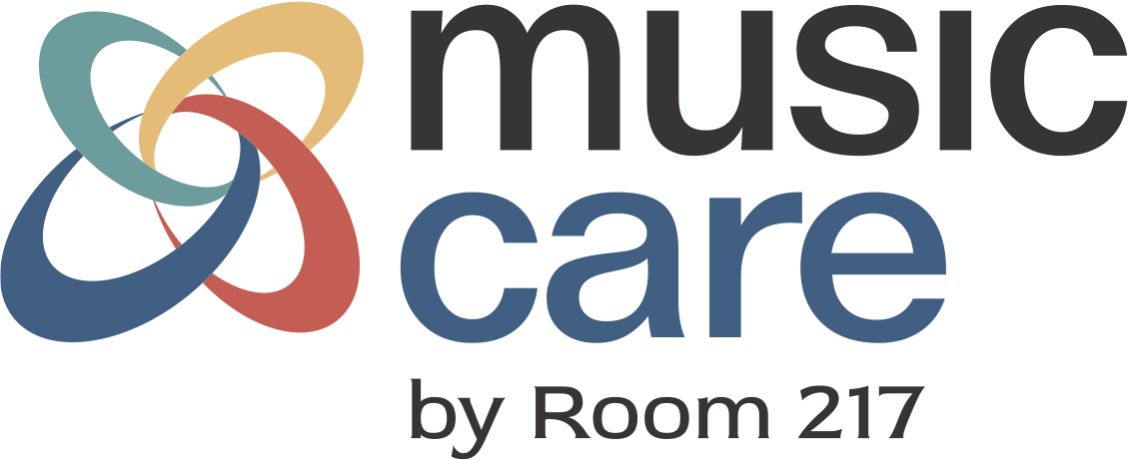Thoughts on a Summer Playlist
The arrival of June can stir up feelings of renewal with the start of summer and yet in the same breath, June symbolizes a sense of closure for people and organizations that follow a school year calendar. As Room 217 ends our season of education offerings and prepares for the fall, I wonder if we’ve taken a moment to pause, reflect, and ask ourselves “are we okay?”
With summer on our doorstep, it is the perfect time to consider creating a playlist of songs for self-care that bring a smile to our faces and inspire a moment of joyful reflection. This is one of the beautiful attributes of music when thinking about person-centred care that applies to self-care too. We are all unique beings and our experience with music is as individual as our fingerprint. We write our own stories with music through life and are the sole owners of this book.
Take a moment after thinking about songs that bring you joy and contemplate how you can fill out this playlist. Consider adding some songs that create the kind of space you are seeking. Are you looking for songs that motivate and inspire? Perhaps you need a playlist to create a sense of peace or calm. Fill out your joyful moments of reminiscence through music with songs that create a mood you wish to sit in relish for a moment. The intentional use of music helps us create a space for ourselves that connects to self-care. This is music care.
On May 27th, The National Music Centre launched a Music & Wellness Exhibition which will be permanent and outlines the organizations commitment to curating events and exhibits dedicated to the power of music. According to the website, this exhibit ‘taps into the power of music on physical and mental health’ and the NMC hopes that it ‘will continue to provide space for wellness-related programs and expert talks.’ If your summer travels take you to Alberta, be sure to check out more information on this exhibit at www.studiobell.ca.
You never know, you may stumble across a few new songs to add to your summer playlist for self-care! Which reminds me, have you thought about a road trip playlist…?


